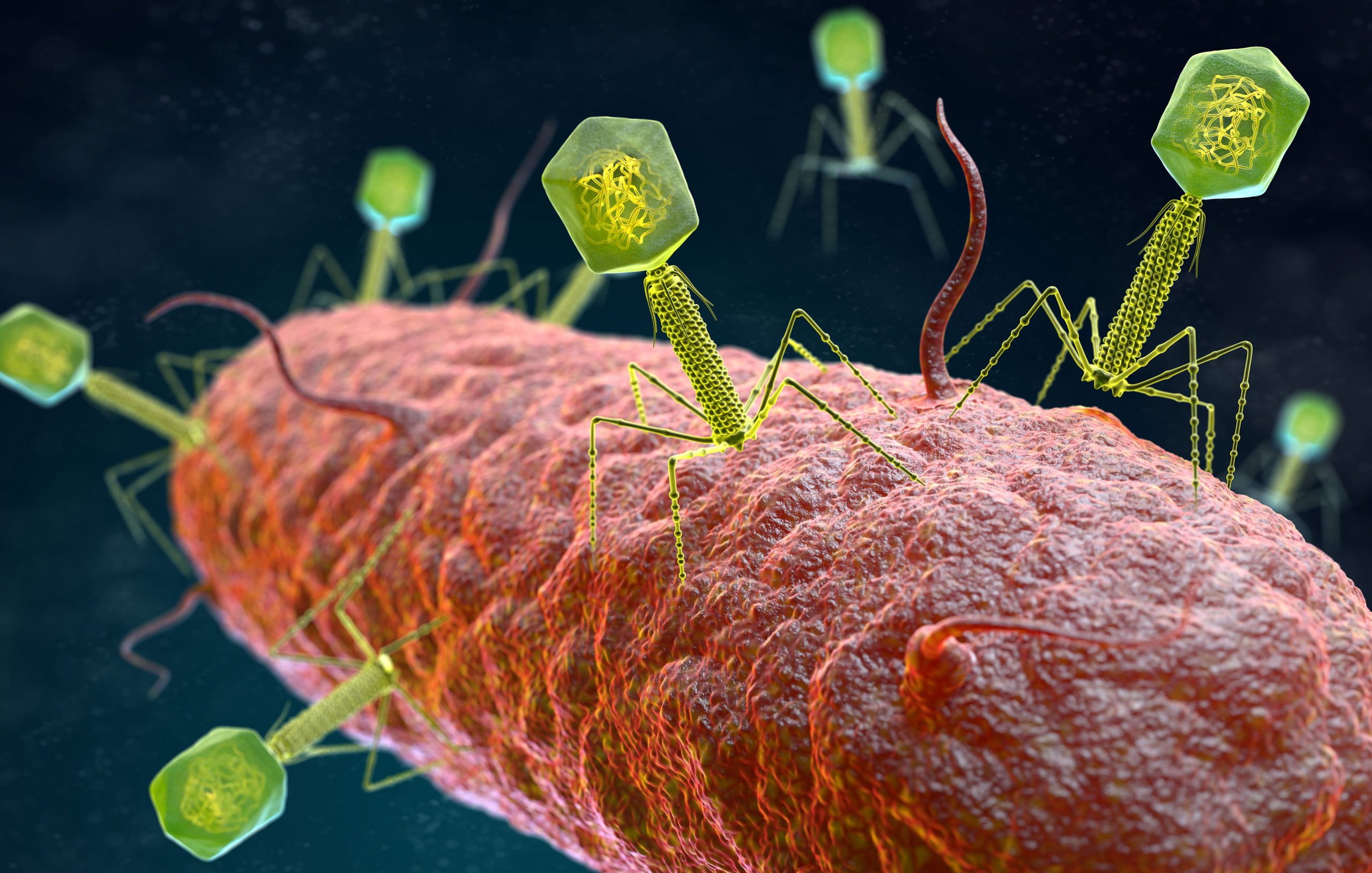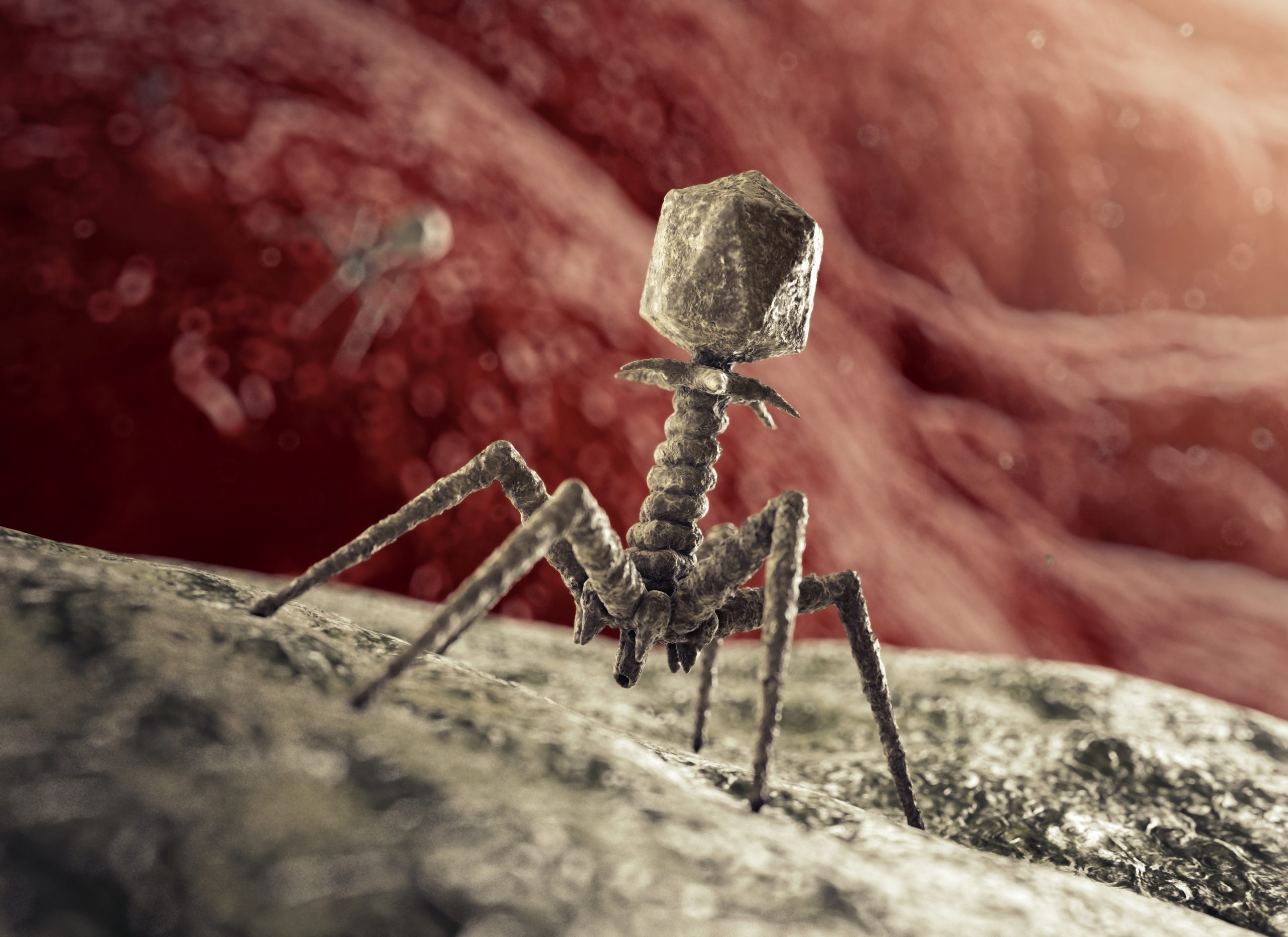
The rise of fungal pathogens has become a major health concern in recent years, affecting millions of people globally. According to a recent report, the incidence of fungal infections has increased by over 50% in the last decade. This unexpected surge is believed to be linked to environmental pollution and global warming. With the increasing temperature, fungi are adapting to higher temperatures, including that of the human body, leading to a rise in fungal infections and growing resistance to antifungal treatments.
These infections pose a serious threat to public health and the need for effective solutions has never been greater. In this article, we’ll delve into the causes and concerns of the rise of fungal pathogens and explore the potential of mycoviruses as a potential solution.
The Impact of Global Warming and the increase
The World Health Organization (WHO) has expressed concern over the increasing number of fungal diseases and the rise of antifungal resistance. Fungal infections can be particularly dangerous for people with weakened immune systems, such as those undergoing cancer treatment or organ transplantation, and can lead to life-threatening conditions like invasive candidiasis and aspergillosis. The increasing resistance to antifungal drugs is a major challenge in treating these infections, as it reduces the effectiveness of available treatments and increases the risk of treatment failure.
The rise in temperature caused by global warming has led to an increase in fungal infections, as fungi are now able to survive and thrive in temperatures that were once too high for them. This shift has been accompanied by growing resistance to antifungal treatments, further complicating the situation and making it increasingly difficult to effectively treat these infections
The Search for a Solution: Mycoviruses
Given human’s natural curiosity, the discovery of bacteriophages capable of clearing bacterial infections has prompted widespread interest in the possibility of using similar particles to attack fungi. Unlike bacteriophages, mycoviruses infect fungi and affect all significant taxa of fungi. They are transmitted intracellularly and lack extracellular activities. Some mycoviruses have been shown to reduce the virulence of their fungal hosts, leading to speculation that they could be used to treat fungal infections with minimal side effects.

The Need for an Alternative to Antifungal Drugs
Despite the current limitations of mycoviruses, there are compelling reasons to explore alternative treatments for fungal infections. One reason is the emergence of antifungal-resistant bugs. Another reason is the potential for antifungal drugs to cause dangerous side effects, including heart and liver failure. Additionally, many antifungal medications are contraindicated for people with certain conditions.
Other Potential Applications of Mycoviruses

Mycoviruses, a type of virus that infects fungi, are being studied for their potential in various fields. Researchers are investigating the use of mycoviruses as a tool to control harmful algae and cyanobacterial blooms, as well as to prevent food spoilage in cereals. In the field of molecular biology, mycoviruses are being used as a tool to study viral expression within fungal host cells. The use of mycoviruses is still in the experimental stage, but it holds promise for many potential applications.
In addition to the potential uses mentioned above, mycoviruses are also being studied for their potential in biotechnology and bioremediation. Scientists are exploring the possibility of using mycoviruses to control plant pathogens and to improve plant growth and stress tolerance. They are also being investigated as a means of breaking down lignocellulose, a complex carbohydrate found in plant material, to release sugars that can be used for biofuel production. The use of mycoviruses in bioremediation is still in the early stages of research, but it has the potential to offer environmentally friendly solutions to some of the world’s most pressing problems.
The Differences between Bacteriophages and Mycoviruses
Bacteriophages and mycoviruses differ in several key ways:
- Bacteriophages infect bacteria, while mycoviruses infect fungi
- Bacteriophages can be both lysogenic and lytic, while mycoviruses are typically lysogenic
- Bacteriophages involve attachment as the mode of initiation of infection, while mycoviruses mostly rely on host cell division and reproduction
- Bacteriophages may have RNA or DNA and can be single or double-stranded, while most fungal viruses belong to double-stranded RNA viruses, with 30% belonging to positive-strand RNA viruses and negative-strand RNA viruses.
| Bacteriophages | Mycophages |
|---|---|
| They infect bacteria | They infect Fungus |
| They are both lysogenic and lytic | They are lysogenic |
| They involve attachment as the mode of initiating infection | They majorly depend on host cell division and reproduction mode |
| It May have RNA or DNA, single or double-stranded | Most fungal viruses belong to double-stranded RNA viruses; 30% belong to positive-strand RNA viruses and Negative-strand RNA viruses. |
Conclusion
The rise of fungal pathogens and the need for alternative treatments for fungal infections are growing concerns. While mycoviruses show promise as a potential solution, further research is needed to fully understand their potential applications.
Thank you for stopping by The Phage. If you enjoyed your experience and would like to stay updated, kindly consider subscribing to our newsletter by clicking here.



impressive
Nice post. Thanks
It's a nice post, I have never thought of mycoviruses being beneficial. can't wait to receive your newsletter updates.
Woow ….. Rapha👏👏
It's very interesting
Thanks Kevin, indeed if we think out of the box we may end up producing something good.
Thsnks
Nice article